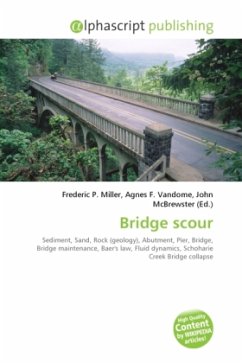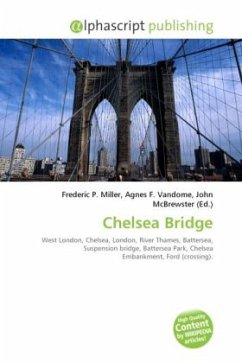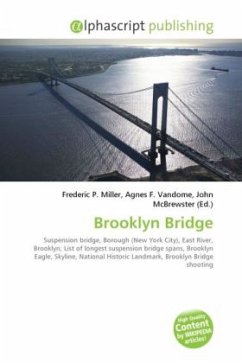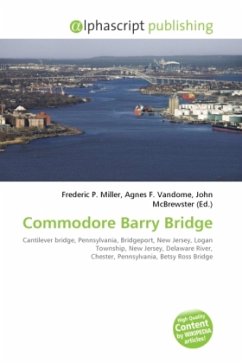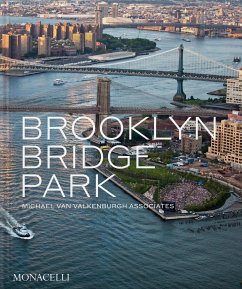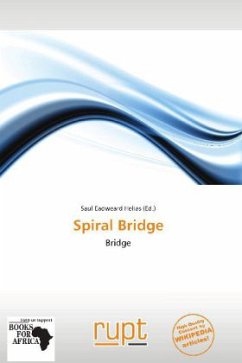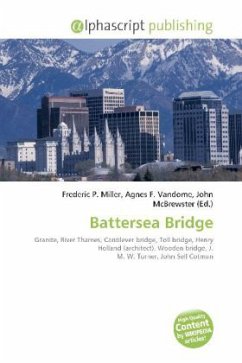
Battersea Bridge
Versandkostenfrei!
Versandfertig in 6-10 Tagen
23,99 €
inkl. MwSt.

PAYBACK Punkte
12 °P sammeln!
Please note that the content of this book primarily consists of articles available from Wikipedia or other free sources online. Battersea Bridge is a cast iron and granite five-span cantilever bridge crossing the River Thames in London, England. It is situated on a sharp bend in the river, and links Battersea south of the river with Chelsea to the north. The bridge replaced a ferry service that had operated near the site since at least the middle of the 16th century. The first Battersea Bridge was a toll bridge commissioned by John, Earl Spencer, who had recently acquired the rights to operate...
Please note that the content of this book primarily consists of articles available from Wikipedia or other free sources online. Battersea Bridge is a cast iron and granite five-span cantilever bridge crossing the River Thames in London, England. It is situated on a sharp bend in the river, and links Battersea south of the river with Chelsea to the north. The bridge replaced a ferry service that had operated near the site since at least the middle of the 16th century. The first Battersea Bridge was a toll bridge commissioned by John, Earl Spencer, who had recently acquired the rights to operate the ferry. Although a stone bridge was planned, difficulties in raising investment meant that a cheaper wooden bridge was built instead. Designed by Henry Holland, it was initially opened to pedestrians in November 1771, and to vehicle traffic in 1772. The bridge was poorly designed and dangerous both to its users and to passing shipping, and boats often collided with it. To reduce the dangers to shipping, two piers were removed and the sections of the bridge above them were strengthened with iron girders.



